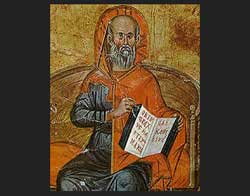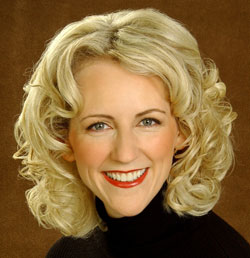
Comparing the picks: A survey of recent selections from top wine experts. Whenever there’s an option, I highlight the more-affordable wines, focusing on possible choices for weekend purchases. Check their websites for full descriptions and other picks:
2006 Anakena Single Vineyard Viognier Rapel Valley, Chile:
Natalie MacLean — “crisp, well-balanced Viognier,” her best value white. $15.95
2005 Jekel Pinot Noir, Monterey County, Calif.:
Jerry Shriver — “beautiful, soft and light sipper,” not to mention: “Love, love, love this price.” $15
Casa Silva 2005 Carmenère Los Lingues Estate:
Robert Parker — “superb aromatic array” with lots of structure. $7
Domäne Wachau (Freie Weingärtner) ‘Terrassen; Federspiel’ 2006 (Wachau):
Dorothy J. Gaiter and John Brecher — “simply couldn’t believe” the price for for this “fascinating and fine” Austrian Grüner Veltliner. $11.99
2006 J Pinot Gris (J Vineyards and Winery in the Russian River Valley of California’s Sonoma County):
Edward Deitch — “lush and beautiful,” with notes of pear, white peach and strawberry. $20
Gruet Brut NV New Mexico:
Jancis Robinson — “refreshingly zesty and dry,” tastes as though it should cost at least twice its price. $13-$15
2006 Cono Sur Casablanca Valley Sauvignon Blanc:
Karen Page and Andrew Dornenburg — “a perfect match of soft, creamy flavors, making it difficult to tell where the oyster ends and the wine begins.” $12
2004 Benziger Family Winery Sonoma County Merlot:
Olivia Wu — “easy to like and easy to drink … it hits all the right Merlot notes” $19
Nothing tempting? Or maybe just not available at the local wine shop? Try browsing the latest wine reports from this custom collection of hundreds of news websites — filtered for bargains, continuously updated, and quick and easy to scan:
To hit closer to home, try WNR’s Advanced Wine Search tool and see what wine finds local columnists and wine experts may be writing about in your area. Once there, just type in your city and state (within quotation marks, as in, “Napa, California”), to get results ranked by relevance.
Or dig into some perennial standbys at SFGate.com’s Top 100 Wines of 2006, the Top 100 of 2006 list (PDF download) from Wine Spectator and the list of 50 Wines You Can Always Trust from Food & Wine.
Attracted to a bottle that’s advertised in the local paper or sitting on the local wine store shelf?
Do a little background research with Wine Enthusiast’s free, searchable Wine Buying Guide—either with a specific name or by types and price. For a little extra info, try Robert Parker’s handy Vintage Chart. Or see what the online wine community says about it with the search tools at cork’d, snooth or Wine Log.
Once you’ve selected the wine, you naturally want to decide what to eat with it. For some savvy guidance, try Natalie MacLean’s Wine & Food Matcher, which boasts a database of 360,000 wine-food pairings.
The Web is about community. So take a moment to comment about your experience with a particular wine — to help steer others to or away from it. And of course, have a great weekend!


